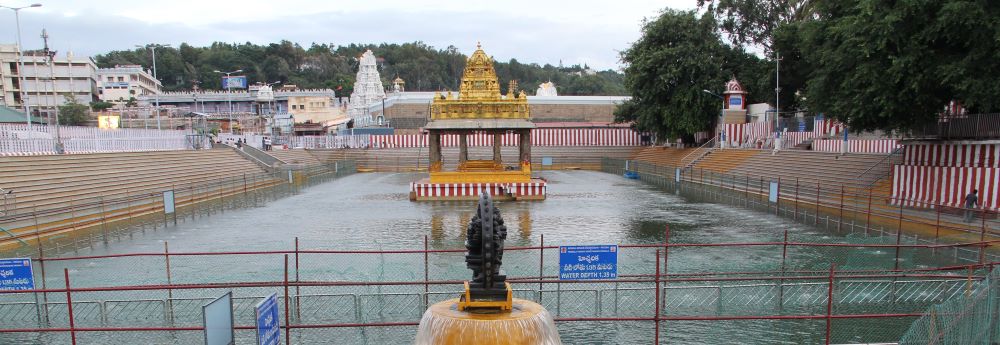Origin of Swami Pushkarini Generally, the term Pushkarini refers to a Theertha Thataakam (Bigger water pond) and Swami Pushkarini is nothing but jala roopam of the Kali Yuga daivam, ‘The Lord Srinivasa’ Himself. That is the Greatness of Swami Pushkarini of Tirumala Hills. We can list out various facts about Swami Pushkarini from various Puranas, Read More
Tag: Origin of Swami Pushkarini
Origin of Swami Pushkarini – There is a Koneru (A stone faced tank with steps) near Adivaraha Swamy Temple in Tirumala Kshethra.

